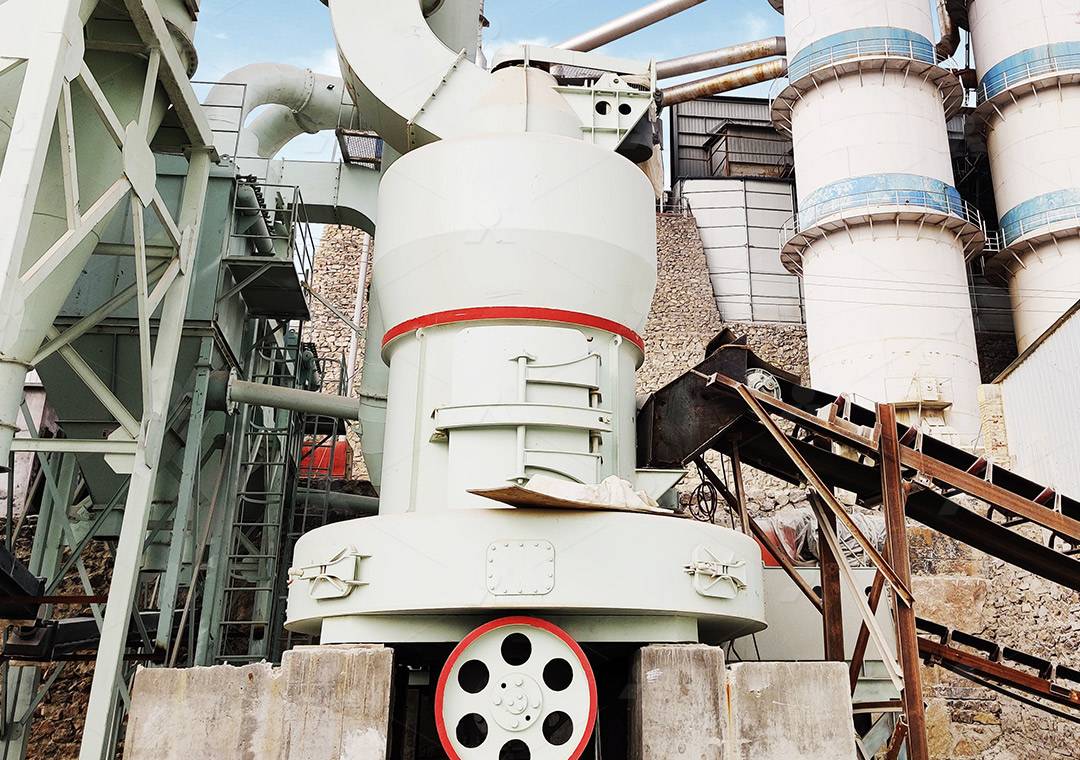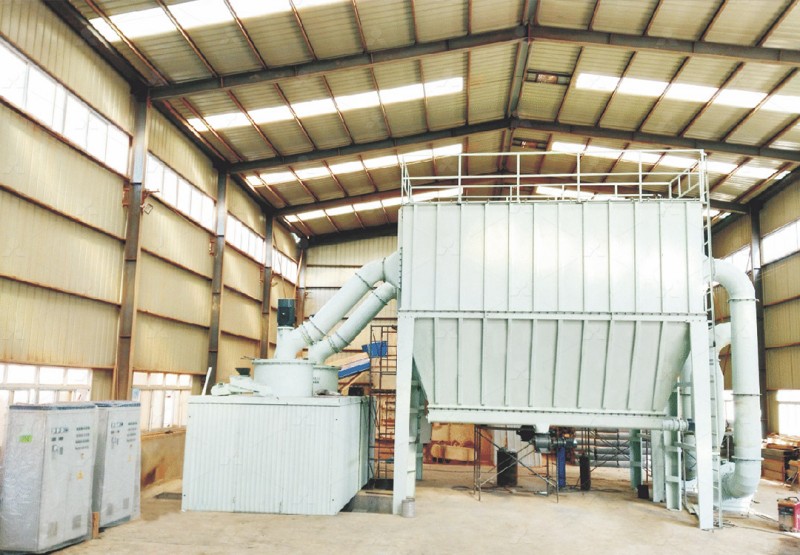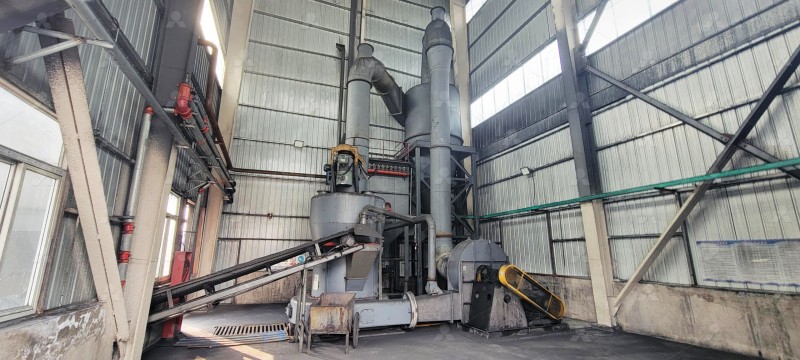Horomill Grinding Plant: A New Grinding Process for Cement and Minerals
Revolutionizing Mineral Processing: The Horomill Advantage
The cement and mineral processing industries have witnessed significant technological evolution over the past decades, with grinding technology standing at the forefront of operational efficiency improvements. Among the most innovative developments in this field is the Horomill grinding system, which represents a paradigm shift in comminution technology. This advanced grinding process combines the benefits of horizontal roller mills with the precision of closed-circuit grinding systems, delivering unprecedented efficiency in particle size reduction.

What sets the Horomill apart is its unique grinding bed formation mechanism. Unlike traditional ball mills that rely on impact and attrition, the Horomill utilizes a compression grinding principle where material is ground between a rotating table and stationary rollers. This approach significantly reduces energy consumption while maintaining consistent product quality. The system’s ability to handle varying feed materials without compromising performance makes it particularly valuable in today’s diverse mineral processing applications.
Advanced Grinding Solutions for Modern Requirements
As processing requirements become more demanding, equipment manufacturers have responded with increasingly sophisticated solutions. For operations requiring ultra-fine powder production, the MW Ultrafine Grinding Mill represents a technological breakthrough. Designed for customers needing to produce ultra-fine powder between 325-2500 meshes, this machine incorporates German cage-type powder selector technology that ensures precise particle separation. With an input size capacity of 0-20 mm and throughput ranging from 0.5-25 tph, the MW Ultrafine Grinding Mill delivers 40% higher production capacity compared to jet grinding mills while consuming only 30% of the energy.
The engineering behind the MW Ultrafine Grinding Mill addresses common operational challenges through innovative design features. The absence of rolling bearings and screws in the grinding chamber eliminates concerns about bearing damage or loose screw-related machine failures. Furthermore, the external lubrication system enables maintenance without production stoppages, supporting continuous 24-hour operation that modern processing facilities require.

Integrated System Approach
The true efficiency of modern grinding plants lies in their system integration capabilities. Horomill installations typically incorporate advanced material handling, classification, and dust collection systems that work in harmony. The pulse dust collector technology, as featured in the MW Ultrafine Grinding Mill, ensures environmentally compliant operation by eliminating dust pollution throughout the milling process. Combined with silencers and noise elimination rooms, these systems address both productivity and environmental concerns simultaneously.
Another notable solution for operations requiring vertical grinding configuration is the LUM Ultrafine Vertical Grinding Mill, which integrates ultrafine powder grinding, grading, and transporting in a single unit. With its input size of 0-10 mm and capacity range of 5-18 tph, this mill incorporates the latest Taiwanese grinding roller technology and German powder separating technology. The reversible structure design simplifies maintenance operations, while double position-limiting technology guarantees operational stability even under variable load conditions.
Application Versatility and Operational Efficiency
The adaptability of modern grinding systems to various materials underscores their value across multiple industries. From limestone and calcite to petroleum coal and barite, these advanced mills demonstrate consistent performance across diverse mineral types. The digital processing capabilities ensure high precision manufacturing of core components, while comprehensive spare parts support guarantees uninterrupted operation.

Operational data from multiple installations confirms that Horomill-based grinding plants achieve 30-50% energy savings compared to conventional systems. The combination of advanced grinding curves, efficient separation technology, and intelligent system controls creates a synergistic effect that maximizes throughput while minimizing operational costs. This efficiency extends beyond energy consumption to include reduced maintenance requirements, longer component lifecycles, and lower overall cost per ton processed.
Frequently Asked Questions
What makes Horomill technology different from traditional grinding systems?
Horomill technology utilizes a unique compression grinding principle rather than impact-based comminution, resulting in significantly lower energy consumption and more consistent product quality. The system’s horizontal configuration and advanced material bed control enable superior particle size distribution control.
How does the MW Ultrafine Grinding Mill achieve its energy efficiency?
The MW Ultrafine Grinding Mill incorporates newly designed grinding curves of the grinding roller and ring that enhance grinding efficiency. The absence of rolling bearings in the grinding chamber reduces friction losses, while the advanced powder selector minimizes recirculation of already-sized material.
Can these grinding systems handle variations in feed material hardness?
Yes, both Horomill systems and supporting equipment like the MW Ultrafine Grinding Mill are designed to accommodate variations in material characteristics. Advanced control systems automatically adjust operational parameters to maintain optimal performance across different feed conditions.
What environmental benefits do modern grinding plants offer?
Contemporary grinding plants feature integrated dust collection systems, noise reduction technology, and efficient energy utilization. The MW Ultrafine Grinding Mill, for example, includes efficient pulse dust collectors and mufflers that ensure operations meet stringent environmental standards.
How does the maintenance requirement compare to traditional mills?
Advanced designs significantly reduce maintenance needs. Features like external lubrication systems, reversible structures for easy access, and the elimination of internal screws and bearings in critical areas minimize downtime and simplify maintenance procedures.
